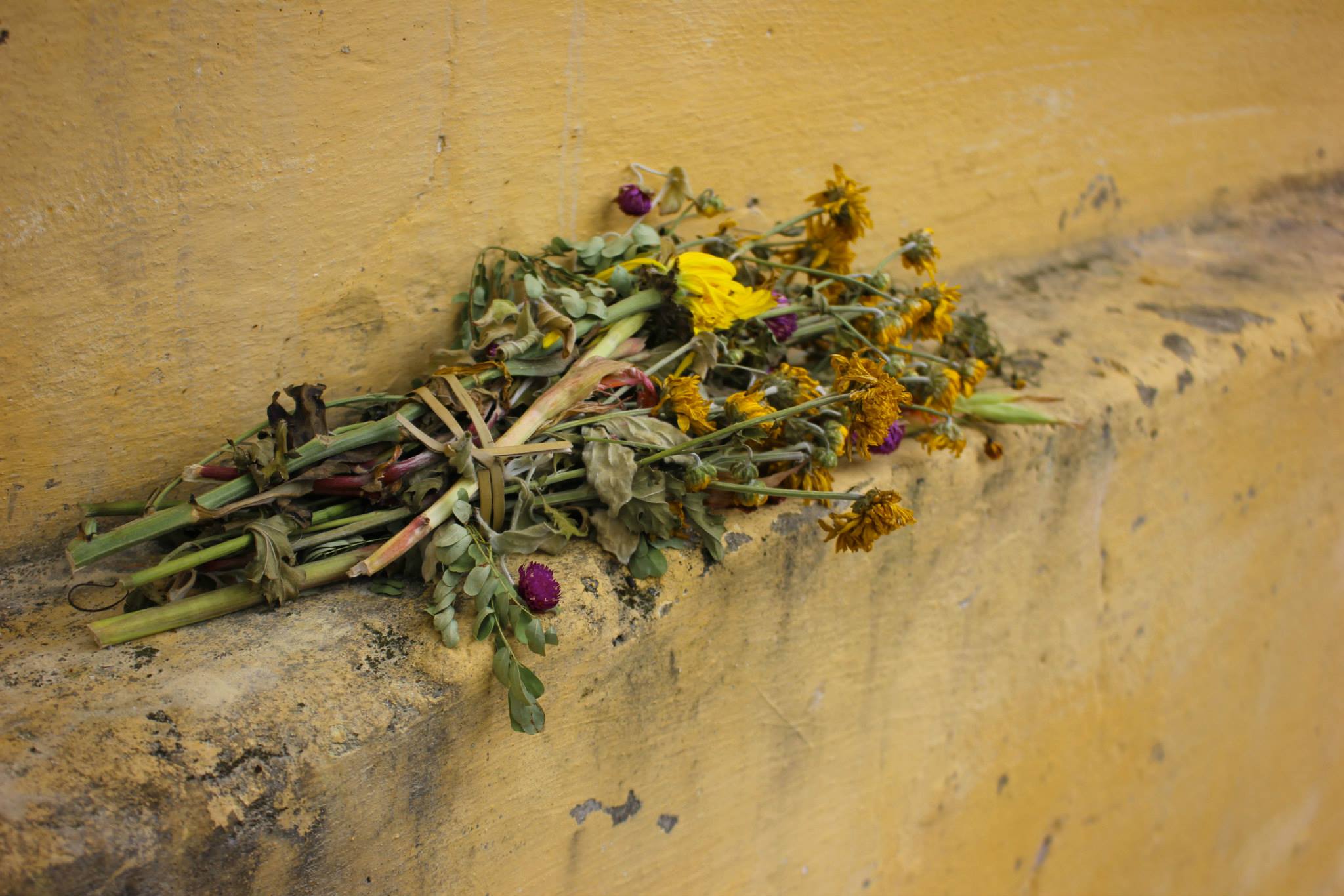One of the things that has most appealed to me about this course is the emphasis it puts on documentary as a device to advocate for something important and that our society requires. This of course includes the documentary Bronte and I are putting together, looking at the inaccessibility of sanitary items for women who are either homeless or in very strained financial situations, which is an incredibly important issue to address. We’ve made pretty good progress, at this point, in terms of outlining the framework of our project, establishing some found footage we’d like to include as well as having contacted potential participants. (But I will add greater comment to this in my next post as Bronte and I will have progressed closer to having set in stone what it is our documentary will look like).
In the meantime, it’s been really worthwhile to work alongside external organisations – in this case, being Good Shepherd – in what is a more professional context. After Ethne and Ruby from Good Shepherd came to discuss with the class opportunities to collaborate and film some of the work that they’ve been doing, Camilla and I were keen to see what we could do in addition to our studio work.
We ended up going along with Ethne and Ruby to film some of the women who have benefited from their program, Firmer Foundations, which essentially aims to educate women who have migrated to Australia about financial independence.
The purpose of videos like these are two fold: on the one hand they advertise the work that organisations such as Good Shepherd do but, as well as this, speak to the broader issues our society needs to hear.
Similarly to Bronte’s and my work, the video looking at Firmer Foundation’s highlights how it’s often the problems we can’t immediately see that pose the greatest challenge. As an example, discussions centred around homelessness rarely include the problematic nature of menstruation while sleeping rough. Sure, we think of the more “obvious” (or more see-able) elements of homelessness every day – the troublesome wet, windy or freezing cold weather, the lack of food, the discomfort and so forth – and so naturally, these things are on our radar.
But because a woman having her period isn’t usually as noticeable (as really, it’s quite an intimate thing), it’s far too easy to forget that this is a serious issue that homeless women almost always face. But more on that later…
Similarly, when it comes to women (or anyone really), migrating to Australia from a culturally, linguistically, economically and politically diverse society, it’s often the more practical of matters (that we forget) that pose the greatest hurdles. This is what Firmer Foundations addresses, the importance of educating migrant women about money management, who often come from backgrounds in which they weren’t empowered financially.
When it came to filming, what really took me aback what the impact the program had had in regards to other elements of the women’s lives in giving them more confidence in general. Given that I can hardly navigate E-Tax at the best of times, as someone who grew up in Australia speaking English as her first language, I can appreciate the complexities of our system and how intimidating that would be for someone from a different background.
So for Camilla and I the purpose of the project is to bring to the fore the bigger issues at play as opposed to just the program Firmer Foundations.
